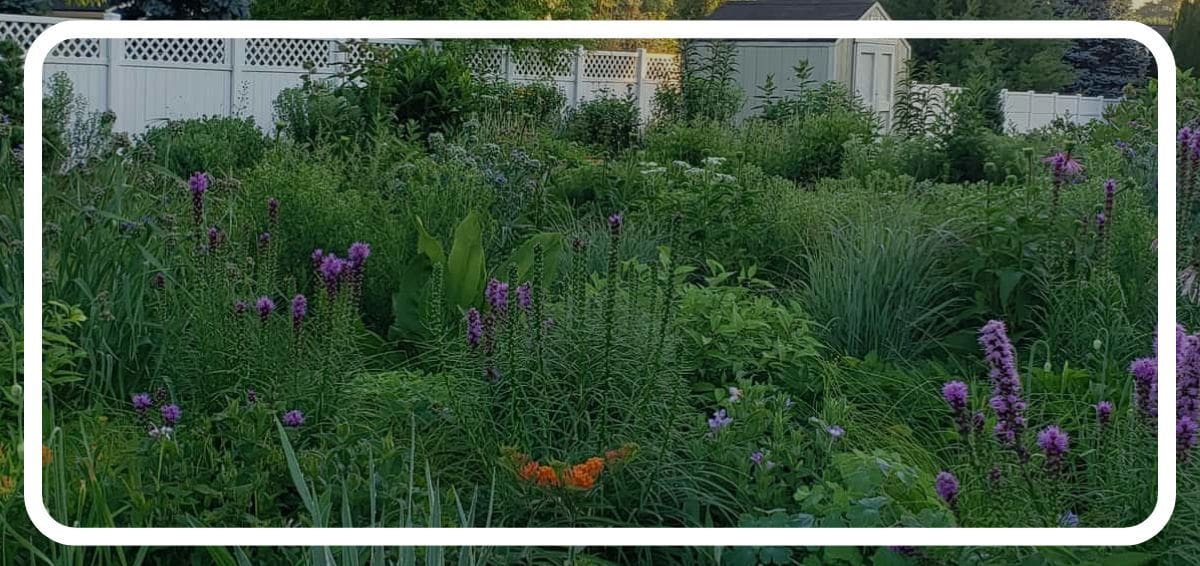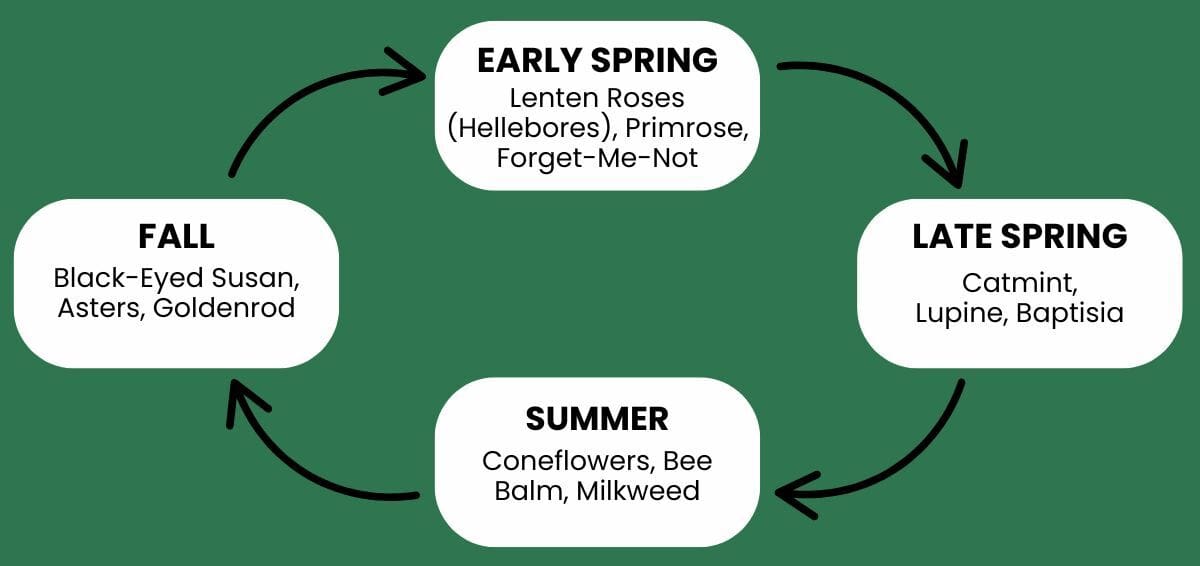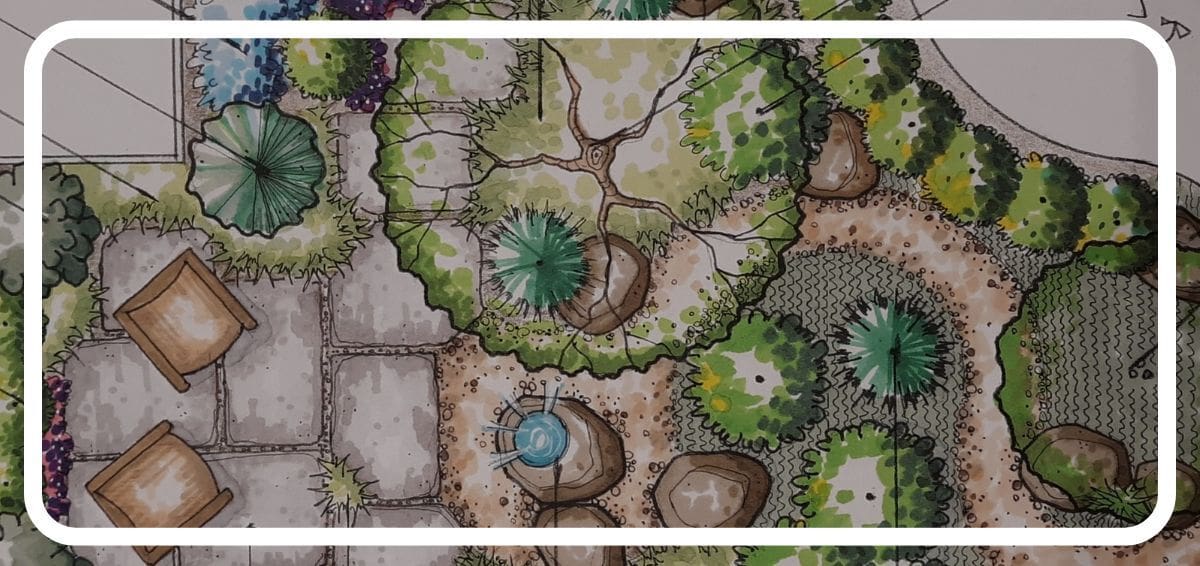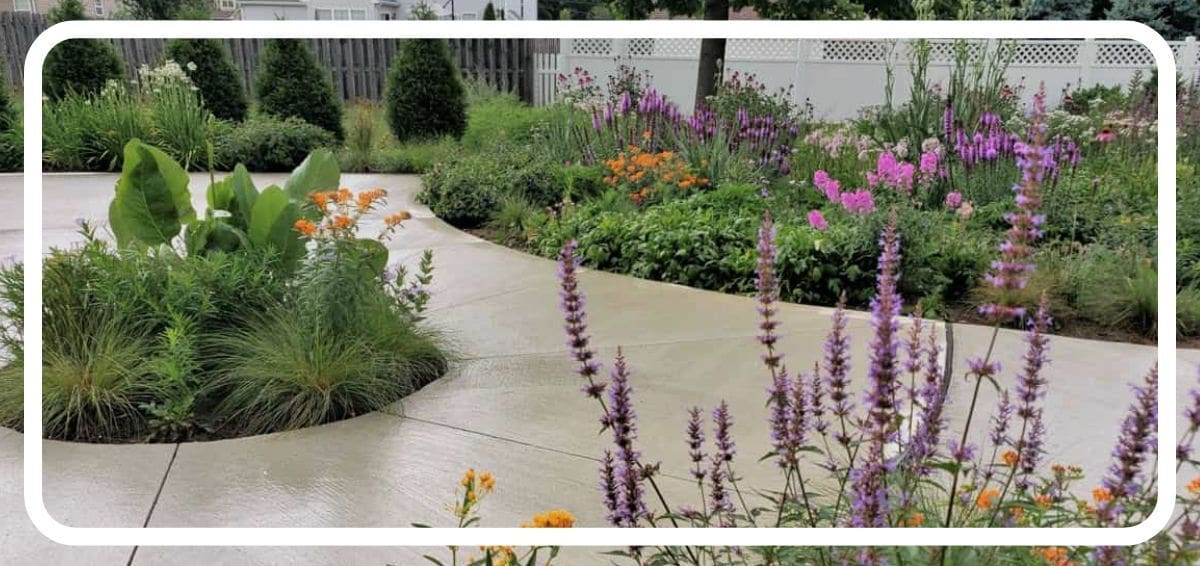You don’t need to spend hours in the yard to enjoy a beautiful garden full of butterflies, bees, and hummingbirds. If you live in Northeast Ohio and want to help local wildlife while keeping things simple, this guide is for you.
In this post, you’ll learn how to build a pollinator-friendly garden that’s easy to care for and great for the environment. Whether you’re new to gardening or have some experience, these tips will help you create a low-maintenance outdoor space. No matter if you have a small plot of land or several acres, you can make a difference for pollinators by supporting their habitats.

What Is a Pollinator Garden and Why Does It Matter?
Pollinator gardens help bees, butterflies, and other insects that move pollen from flower to flower. These pollinators are important for growing food and keeping plants healthy. Some people worry that these gardens take too much time to manage. But with smart plant choices that match Northeast Ohio’s climate, your garden can almost take care of itself.
Using native plants means less watering, fewer pests, and no need for extra fertilizer. It also helps bring balance to the local environment. Pollinator gardens support biodiversity by providing essential habitats for native pollinators and help restore natural habitats that are vital for a healthy ecosystem. Plus, a nice-looking pollinator garden can make your yard look better and may even raise your home’s value, while giving you a chance to connect with nature in your own backyard.
Step 1: Selecting Native Plants for Your Pollinator Garden
- Focus on Native Species: Pick plants that naturally grow in Northeast Ohio. They are used to the weather and soil, and they do a better job supporting local pollinators.
- Choose Perennials: Perennial plants grow back every year, so you don’t have to replant them.
- Bloom Time Variety: Choose flowers that bloom at different times during the year so pollinators always have food. For example:

- Consider Shade or Sun: Check how much sunlight your garden gets. For sunny areas (6+ hours), use sun-loving plants. For shady spots, choose shade-tolerant plants like ferns, wild geranium, or blue mistflower.
- Avoid Treated Plants: Make sure your plants haven’t been sprayed with harmful chemicals like pesticides or neonicotinoids. These can hurt pollinators.
Step 2: Planning Your Garden Layout
- Assess Your Site: Look at sun, soil, and wind. Pay special attention to soil type—whether it’s sandy, clay, well-drained, or acidic—as this affects which plants will thrive. Understanding your soil type helps you select the right plants for your garden.

- Sketch Your Garden: Draw a rough layout showing where each plant will go. Consider how much space each plant needs to grow to its full size and avoid overcrowding. Think about plant height and when each one blooms, so your garden looks full all year.
- Group Plants by Needs: Put plants that need the same amount of sun and water in the same area. This makes watering and care easier.
- Include Native Grasses: Add plants like Little Bluestem for texture and extra shelter for pollinators, and to help create a diverse pollinator habitat.
- Provide Water Sources: Add a shallow dish or birdbath so pollinators can get a drink. For small spaces or patios, use containers to expand your pollinator habitat.
- Prepare the Site: If you’re turning grass into a garden, mow it short. Then cover it with cardboard or newspaper and top it with mulch to stop weeds from growing.
Step 3: Planting Your Pollinator Garden
- Choose Between Seeds or Plugs: Seeds cost less and are great for big areas, but grow slowly. Plugs from a garden center grow faster and attract pollinators sooner.
- Plant After Last Frost: Wait until the last frost in spring before planting plugs.
- Planting Technique: Dig holes just big enough for the roots. Place the plants in the holes, then cover with soil or compost.
- Mulch: Spread 2-3 inches of organic, untreated natural mulch to help the soil hold moisture and to keep weeds down.
Step 4: Caring For Your Low-Maintenance Pollinator Garden
- Watering: Water new plants once or twice a week during hot weather. Once they’re established, native plants usually don’t need much water.
- Weed Control: Pull weeds two or three times a year, before they spread seeds. Use your hands instead of chemicals.
- Pruning: Cut off old flowers to help plants bloom again. Cut back ferns in late winter.

- Avoid Chemicals: Use natural pest control and helpful bugs like ladybugs instead of harmful sprays.
- Seasonal Cleanup: Leave seed heads and stems in place during winter. They give pollinators a place to rest. Clean up in early spring.
- Replenish Mulch and Compost: Add more mulch and compost each year to keep the soil healthy and moist.
Why Choose Lifestyle Landscaping?
At Lifestyle Landscaping, you’ll find experts in building and caring for pollinator gardens in Northeast Ohio. They know which native plants work best and how to keep your garden looking great with little effort. From initial planning to ongoing care, Lifestyle Landscaping offers expert guidance and services that help you create a beautiful, eco-friendly garden that supports local wildlife year-round.
Tips for Success
- Start Small: Begin with a small space and grow your garden over time.
- Be Patient: Native plants take a year or two to fully grow.
- Observe Wildlife: Watch the bees and butterflies and make changes if needed.
- Use Companion Planting: Add herbs like lavender or thyme to attract pollinators and keep away pests.
- Avoid Lawn Chemicals: Skip weed killers and sprays to protect pollinators.
Conclusion
A low-maintenance pollinator garden is a great way to help the environment and enjoy a beautiful outdoor space in Northeast Ohio. With the right native plants, a smart layout, and simple care, you can enjoy a vibrant garden that attracts bees, butterflies, and birds with minimal effort. Lifestyle Landscaping’s expertise makes the process easier.
Need help getting started? Contact Lifestyle Landscaping today for a consultation and expert help in designing and maintaining your perfect low-maintenance pollinator garden.
